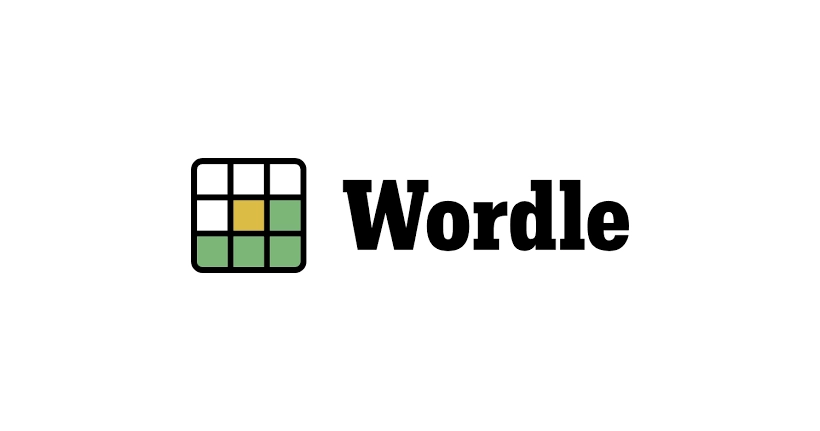
How Wordle’s Rise is Changing Daily Puzzle Gaming Dynamics
Summary – An analytical dive into Wordle’s impact on puzzle gaming and what it means for players and developers alike.,
Article –
Wordle, the simple yet addictive word puzzle game, has captured the attention of millions of players around the world since its surge in popularity in late 2021 and throughout 2023. Its rise signals important shifts in daily puzzle gaming trends, player engagement, and the monetization strategies of casual games.
Background & Build-Up
Wordle was initially created by software engineer Josh Wardle and gained rapid viral growth due to its accessible gameplay and shareable results. The game challenges players to guess a five-letter word within six attempts, with color-coded feedback indicating letter accuracy. This minimalist design has influenced a wave of similar daily puzzle games across platforms. After The New York Times acquired Wordle in early 2022, the game was integrated into their crossword and puzzle offerings, expanding its reach.
Key Details
Wordle’s gameplay simplicity belies the psychological hooks that keep players returning daily. The daily puzzle structure creates a shared communal experience, while the easy-to-share results foster friendly competition on social media. Key stakeholders include:
- The New York Times as publisher
- Various mobile platforms facilitating access
- The growing community of puzzle enthusiasts
Wordle operates with no required payment, relying on brand engagement to drive broader subscription interest for The New York Times.
From a data perspective, Wordle boasts millions of daily active users (DAU), though official figures are proprietary. Player retention is strong due to the compelling daily challenge format. Its success has inspired numerous clones and variants, increasing market competition but also validating the daily puzzle model. The game’s low barrier to entry and minimalistic UI design have set benchmarks for casual puzzle titles.
Industry Impact
Wordle’s popularity has demonstrated the viability of simple, low-investment gaming experiences that create habitual engagement without aggressive monetization. This contrasts with the prevalent Free-to-Play (F2P) model, which heavily emphasizes microtransactions. The game’s influence is prompting developers to rethink engagement strategies that prioritize player goodwill and communal play.
Furthermore, Wordle’s integration into a major traditional media company’s ecosystem suggests cross-media synergy opportunities. The ability to convert casual puzzle players into paying subscribers underscores a sustainable revenue pathway differing from typical in-app purchases or ads.
Community Reaction
The player community has embraced Wordle for its fairness, accessibility, and social aspects. Online forums and social media platforms see vibrant discussions, strategies, and shared experiences around the daily puzzles. Some concerns persist regarding the proliferation of imitators causing market dilution, but overall, players appreciate the original game’s quality and simplicity.
What’s Next?
Looking ahead, Wordle’s model may evolve with potential new features, extended word lengths, or integration into larger gaming ecosystems. Developers in the puzzle genre are likely to adopt similar daily challenge routines and social sharing capabilities to leverage Wordle’s proven engagement formula. Media companies might explore further embedding casual games into their content strategies.
As the gaming landscape evolves, Wordle exemplifies how minimalist design combined with social and habitual engagement can sustain a game’s relevance without relying on intrusive monetization. For developers and publishers, it offers valuable lessons on aligning gameplay simplicity with business sustainability.
Stay tuned to Khiladi Cafe for more gaming insights.